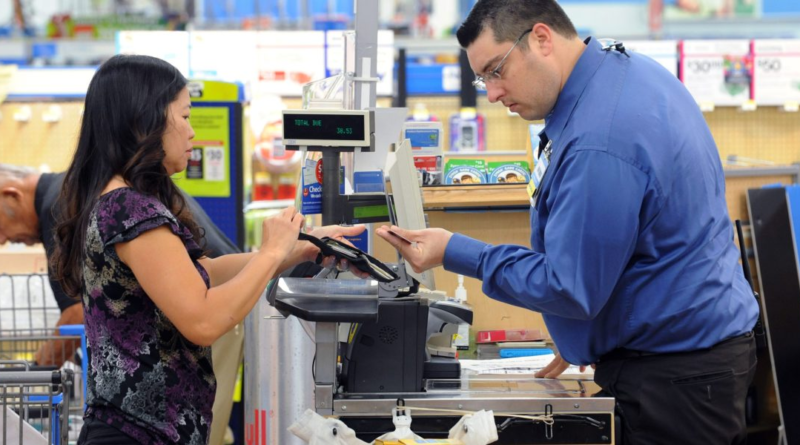America’s credit card bill just passed a record $1 trillion. Here's what it means
Credit card debt in the U.S. just surpassed $1 trillion for the first time ever in the second quarter, thanks to inflation and rising interest rates. While that sounds like bad news for Americans’ finances, economists and other experts say the dubious distinction doesn’t necessarily spell trouble for the wider economy.
Americans’ credit card balances rose in aggregate from $986 billion in the first quarter to $1.03 trillion, according to the New York Federal Reserve’s household debt report. And total debt is up 16% over the past year.
That’s a reverse from earlier in the pandemic, when balances were actually falling due to government benefit programs and forbearances. In the first quarter of 2021, households owed $770 billion in credit card debt. At least some of the increase since then can be attributed to inflation and, more recently, rising interest rates.
Higher interest rates mean households that aren’t or can’t pay their bills off completely each month are accumulating more debt at a faster pace. Currently, the average credit card interest rate is 20.53%, according to personal finance site Bankrate, a near record-high.
Credit card debt is the most common form of household debt in the U.S. and can be particularly debilitating because of its relatively high interest rates, which have risen in tandem with the Federal Reserve’s rate hike over the past year and a half. In fact, it’s most households’ highest-cost debt “by a wide margin,” says Ted Rossman, senior industry analyst at Bankrate.com.
Most Americans are paying their bills on time. Still, Bankrate recently found that 47% of credit cardholders carry debt from month to month, up from 39% in 2021. And delinquency rates are also increasing, showing how some households are struggling: The share of credit card debt 30 or more days late rose from 6.5% in Q1 to 7.2% in Q2, according to the Fed’s data—the highest level in over 10 years. Auto loan delinquencies are also on the rise, the data shows.
The Fed says some of this is to be expected. “Delinquency rates have now returned to pre-pandemic levels,” the New York Fed wrote in a blog post. The increase in debt can also be attributed to pandemic-era forbearances and temporary government benefits ending. Things are returning to normal.
“Despite the toll inflation has taken on consumers, there is little evidence of widespread distress on households,” the Fed noted.
But some of these trends may worsen in the fall, when federal student loan payments resume. Some experts have warned of a “cliff,” as many families will have trouble affording another multi-hundred dollar bill each month. That said, the Biden administration recently announced that borrowers would be given a grace period for the year after payments resume, when missed bills won’t be reported to credit agencies. That could take some of the pressure off of households.
While the statistics may look like trouble, Rossman says credit card debt is also increasing because the population is increasing and fewer people use cash (there are 70 million more accounts open now than at the start of the pandemic, per the Fed). That isn’t necessarily a bad thing, if they are accruing points and rewards and paying off their bill each month.
Echoing the Fed, he says the delinquency rates aren’t yet at “worrisome levels.”
“Overall, the strong job market has most consumers in a pretty good position, despite high inflation and high interest rates,” he says.



